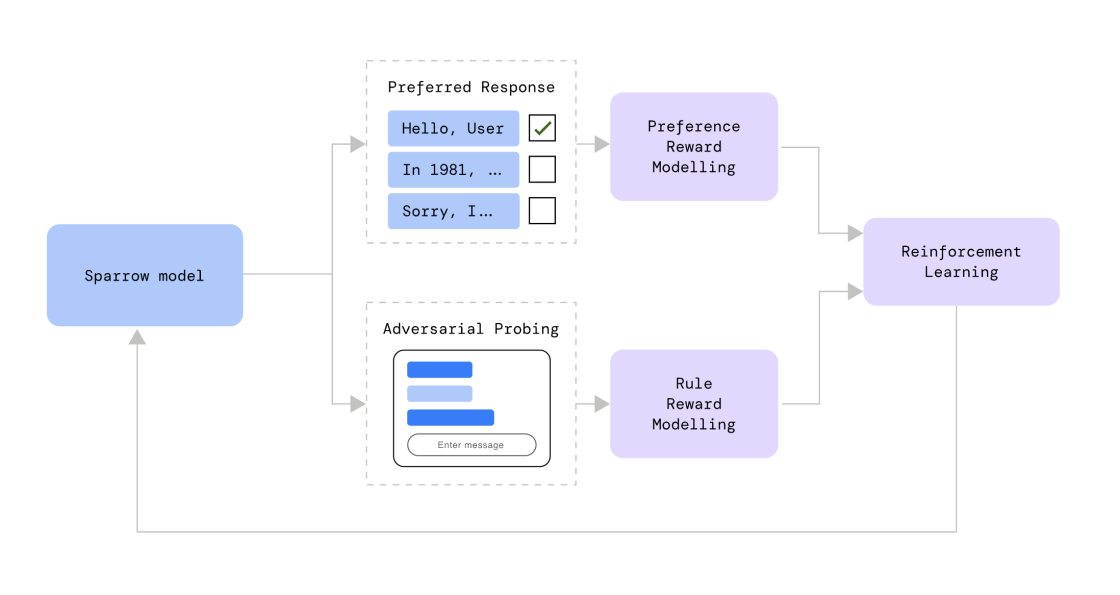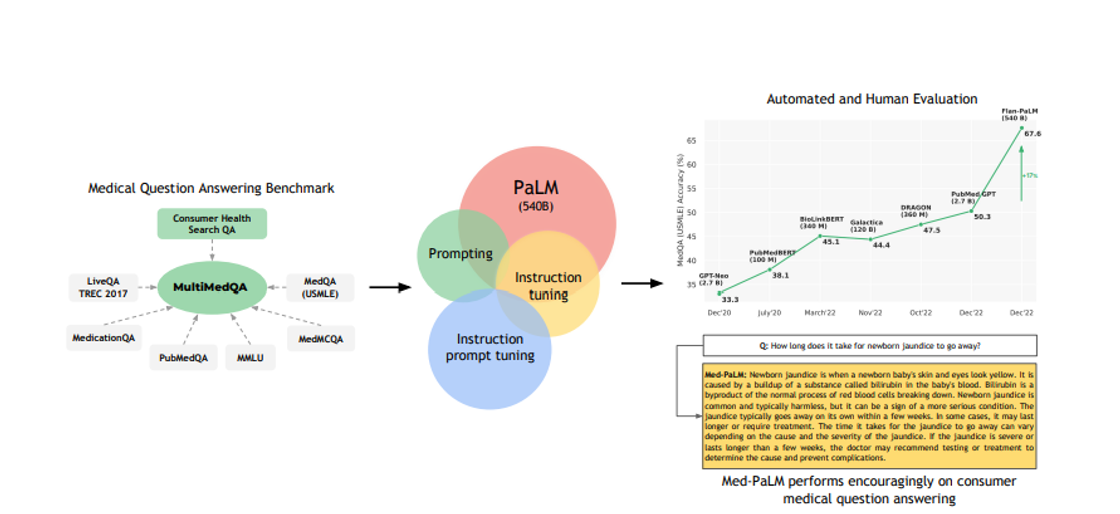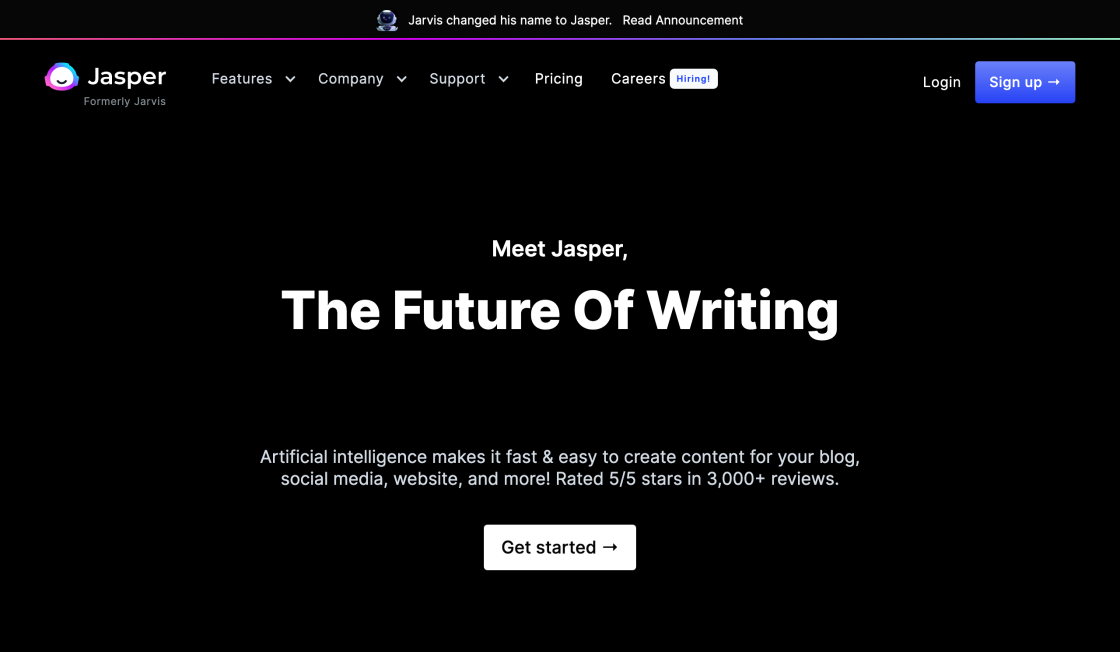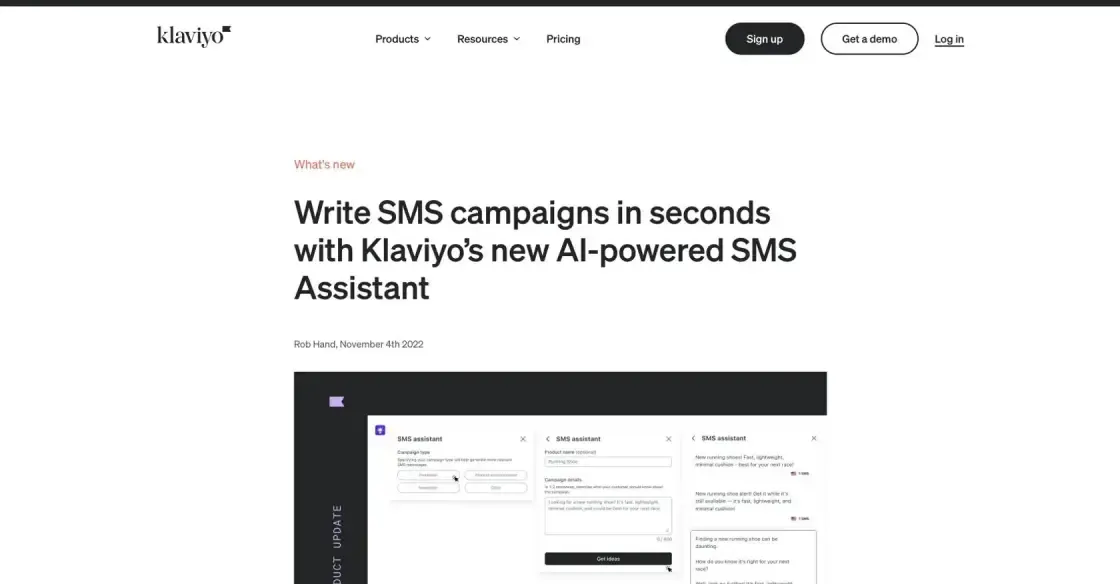

Keras is a widely used open source library that has been designed to simplify the process of building deep learning models. Written in Python, this library provides an easy-to-use interface for building neural networks and allows developers to prototype, test, and deploy their models quickly and efficiently. With its intuitive syntax and rich set of features, Keras has become a popular choice among machine learning practitioners and researchers alike. This introduction will delve deeper into the features and benefits of Keras, highlighting its importance in the field of deep learning.
Facebook's PyTorch is a popular deep learning library that has been developed by Facebook's Artificial Intelligence Research team. This open-source software framework is designed to provide developers with a flexible and easy-to-use platform for building deep learning models. With its dynamic computational graph, PyTorch enables users to easily modify their models on-the-fly, making it a valuable tool for research and development in the field of machine learning. This introduction will delve deeper into the features and benefits of Facebook's PyTorch and its impact on the world of artificial intelligence.
Caffe2 is an open source deep learning framework that has gained a lot of attention in the machine learning community. With its powerful features and ease of use, Caffe2 provides developers with the ability to create complex deep learning models with unprecedented speed and accuracy. The framework offers a range of tools for image and speech recognition, natural language processing, and more, making it a popular choice for researchers and businesses alike. In this article, we will explore the key features and benefits of Caffe2, and examine why it has become one of the most popular deep learning frameworks available today.
BigDL is an open-source distributed deep learning library that runs on Apache Spark. It provides a unified framework for building big data and artificial intelligence (AI) applications with high performance and scalability. BigDL offers a seamless integration with the Spark ecosystem, making it easy to build and deploy large-scale machine learning models. With its support for popular deep learning frameworks like TensorFlow and Keras, BigDL enables developers to easily leverage existing models and tools. This article explores the features and benefits of BigDL in detail and highlights its role in enabling efficient distributed deep learning on Spark clusters.
Apache MXNet AI is an open-source deep learning framework that enables developers to create, train and deploy machine learning applications. It offers a flexible programming model and supports various languages, including Python, R, and Julia. Apache MXNet AI is suitable for both beginners and experts, as it provides easy-to-use interfaces and advanced features. With its high scalability and performance, Apache MXNet AI has become a popular choice for building AI applications in industries such as healthcare, finance, and e-commerce.
Nvidia Apex is a powerful low-level library designed to enhance PyTorch's capabilities by enabling mixed precision and distributed training on NVIDIA GPUs. By leveraging the power of Nvidia Apex, researchers can speed up their deep learning models without sacrificing accuracy or performance. This library offers a flexible and efficient way to optimize the usage of GPU memory and reduce training time for large-scale models. Its integration with PyTorch makes it a valuable tool for machine learning practitioners to enhance their workflows and achieve better results in less time.

Magic Write By Canva
The AI Powered Writing Tool

Deepmind Sparrow AI
[2209.14375] Improving alignment of dialogue agents via targeted human judgements

Med-PaLM
AI Powered Medical Imaging

Jasper (previously Jarvis)
Your Personal AI Assistant

FakeYou
FakeYou. Deep Fake Text to Speech.

Klaviyo SMS Assistant
SMS Assistant AI Text Messages | Klaviyo Product Features

Voice-AI
Voice Analysis and Optimization

Text To Keras
Text data preprocessing
The field of artificial intelligence (AI) is rapidly evolving and advancing with the introduction of new tools and technologies. One such tool is the Microsoft Cognitive Toolkit (CNTK), an open-source software library designed to develop deep neural networks. CNTK is a powerful tool that enables the creation of intelligent systems that can learn and adapt to various tasks, from speech and image recognition to natural language processing. It provides developers with a flexible and scalable platform that allows them to build complex models and train them on large datasets quickly. CNTK offers several features, including support for various programming languages, distributed training, and seamless integration with other Microsoft products. Its user-friendly interface makes it easy for developers to create customized solutions for their specific needs. CNTK has become a popular choice among developers due to its efficiency, reliability, and versatility. With CNTK, developers can harness the power of AI to drive innovation and improve the performance of their applications.
Microsoft Cognitive Toolkit (CNTK) is an open-source artificial intelligence library used to develop deep neural networks.
The primary purpose of CNTK is to help developers build, train and evaluate deep learning models for their applications.
CNTK supports several programming languages including Python, C++, and C#.
Yes, CNTK is a free and open-source software that can be used by anyone.
Some of the advantages of using CNTK include its scalability, flexibility, and high performance.
Yes, CNTK can be used for NLP tasks such as text classification, sentiment analysis, and machine translation.
No, CNTK can run on a standard computer without requiring any specialized hardware or software.
CNTK can be used to build applications in various domains such as healthcare, finance, gaming, and more.
CNTK is known for its speed and scalability compared to other AI libraries like TensorFlow and PyTorch.
Learning CNTK can be challenging for beginners, but there are many online resources and tutorials available to help them get started.
| Competitor | Description | Advantages | Disadvantages |
|---|---|---|---|
| TensorFlow | An open-source machine learning framework developed by Google. | - Strong community support - Easy to use, with high-level APIs - Scalable and able to run on distributed systems - Good for deep learning and neural networks |
- Steep learning curve for beginners - Requires more code than some other frameworks - Limited support for non-neural network algorithms |
| PyTorch | An open-source machine learning library developed by Facebook. | - Dynamic computational graph allows for more flexibility in model building - Easy to debug and visualize - Good for prototyping and experimentation - Strong community support |
- Limited scalability compared to TensorFlow - Not as good for production-level deployment - Smaller community than TensorFlow |
| Keras | A high-level neural networks API written in Python that can run on top of TensorFlow or Theano. | - Simple and easy to use - Good for rapid prototyping - Can be used with multiple backends - Supports a wide range of neural network architectures |
- Less flexible than other frameworks - Limited customization options - Not as good for large-scale projects |
| MXNet | An open-source deep learning framework developed by Apache. | - Good for both deep learning and traditional machine learning - High scalability and can run on distributed systems - Supports multiple programming languages - Efficient memory usage |
- Limited community support compared to TensorFlow and PyTorch - Steep learning curve for beginners - Less user-friendly than other frameworks |
Microsoft Cognitive Toolkit (CNTK) is an open-source artificial intelligence library that is used to develop deep neural networks. This toolkit is designed to help researchers and developers build machine learning models that can be used in a variety of applications.
Here are some things you should know about the Microsoft Cognitive Toolkit:
1. It supports multiple programming languages: The Microsoft Cognitive Toolkit supports several programming languages such as Python, C#, and C++. This makes it easier for developers to use the language they are most comfortable with when building models.
2. It is flexible: The Microsoft Cognitive Toolkit is a highly flexible toolkit that can be used to develop a wide range of deep learning models, including convolutional neural networks, recurrent neural networks, and feedforward neural networks.
3. It is efficient: The Microsoft Cognitive Toolkit is designed to be highly efficient, meaning that it can handle large amounts of data and processes quickly. This makes it ideal for use in applications that require real-time processing.
4. It is scalable: The Microsoft Cognitive Toolkit can be used on a single machine or scaled up to multiple machines to handle larger datasets. This makes it a great choice for both small and large-scale projects.
5. It has a large community: The Microsoft Cognitive Toolkit has a large and active community of developers and researchers who contribute to its development and provide support for users. This community also provides a wealth of resources, including documentation, tutorials, and sample code.
In conclusion, the Microsoft Cognitive Toolkit is a powerful and flexible AI library that can be used to develop deep neural networks for a wide range of applications. With its support for multiple programming languages, efficiency, scalability, and active community, it is an excellent choice for anyone looking to get started with machine learning.
TOP